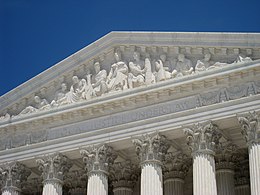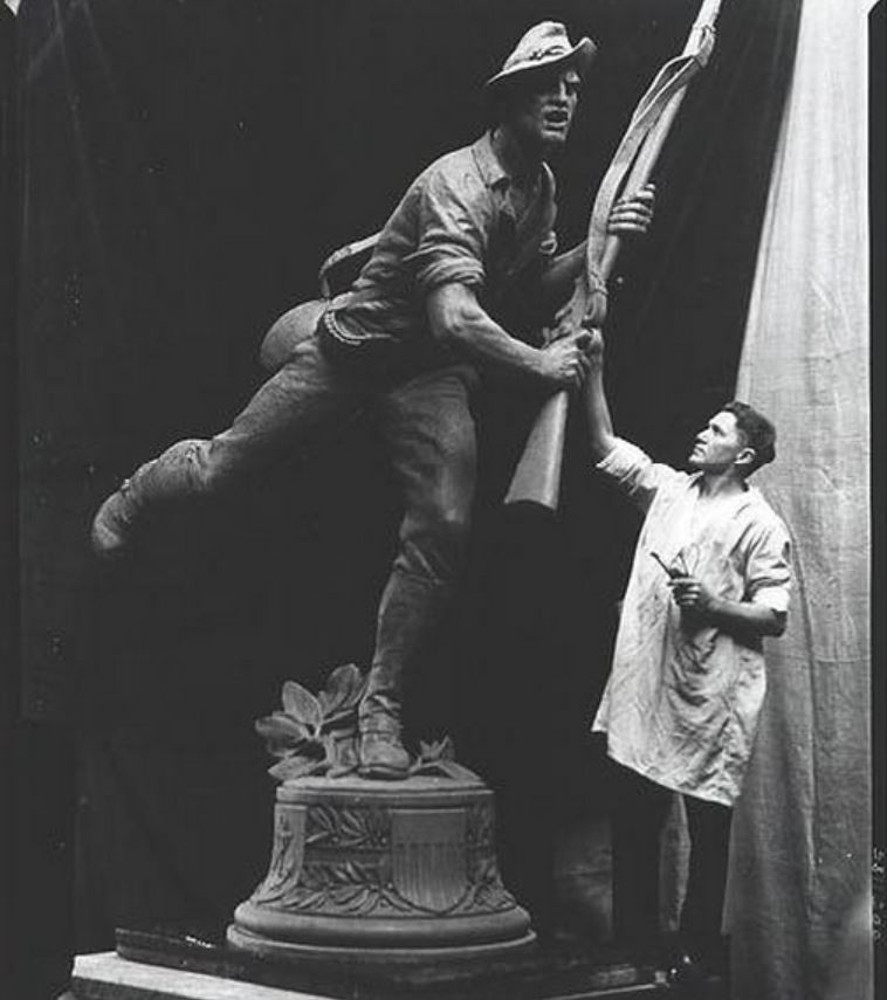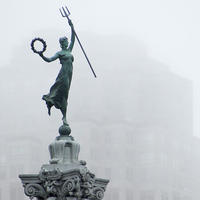More about Robert Ingersoll Aitken
Works by Robert Ingersoll Aitken

Sr. Contributor
Robert Ingersoll Aitken is one of the most famous artists and thinkers of the first half of the 20th century, he's largely remembered now for telling modern art to get off America's lawn.
A San Francisco native who opened his own studio in the city at a precocious 18-years old. While the old-gray-balls version of Robert accredited his success to independent study, he learnt much from his education at the Mark Hopkins Institute of Art which later became the San Francisco Art Institute. He moved on to Paris for a while, but believed the sensibilities of the French were harmful for a blue-blooded, able-bodied American. The Paris Salon even accepted one of his works, but that's just so French of them, isn't it? After France, he settled in NYC and taught at the National Academy of Design.
After that, it was raining accolades. His resume read like a greatest hits of American sculpture and arts organizations. He was Vice President of the National Institute of Arts and Letters. Eventually, he was elected president of the National Sculpture Society. He designed a host of coins and medals along the way. Hell, he designed the award he eventually received from the National Academy, AKA the Watrous Gold Medal. And with all that on his plate, he threw in distinguished service as a World War I infantry captain to boot.
As such, for a time he was America's wise old owl when it came to art. The country viewed Aitken as the kindly old man that had an answer for everything when it came to creativity and expression. Too bad he was a closed-minded old fart. A hardline artistic conservative with an unapologetically anti-modern viewpoint,
As one of America's most famed artists, no less body than the US government called him to court to testify what 'art' meant. It was all over money. Marcel Duchamp had tried to escort pieces by Constantin Brancusi into the US to show at a gallery. The customs officials didn't understand why one piece called Bird in Space didn't have a bird present. Or, at least, anything they could identify as a bird worth shooting in the woods #truestory. So, they charged Brancusi the higher tariff applied to metal works that weren't art. Brancusi sued the US government and the government called Aitken to explain art to the court. In so many words, he said that he'd never seen any of Brancusi's art because Brancusi didn't make any. Harsh, dude.
Featured Content
Here is what Wikipedia says about Robert Ingersoll Aitken

Robert Ingersoll Aitken (May 8, 1878 – January 3, 1949) was an American sculptor. Perhaps his most famous work is the West Pediment of the United States Supreme Court Building.
Check out the full Wikipedia article about Robert Ingersoll Aitken











